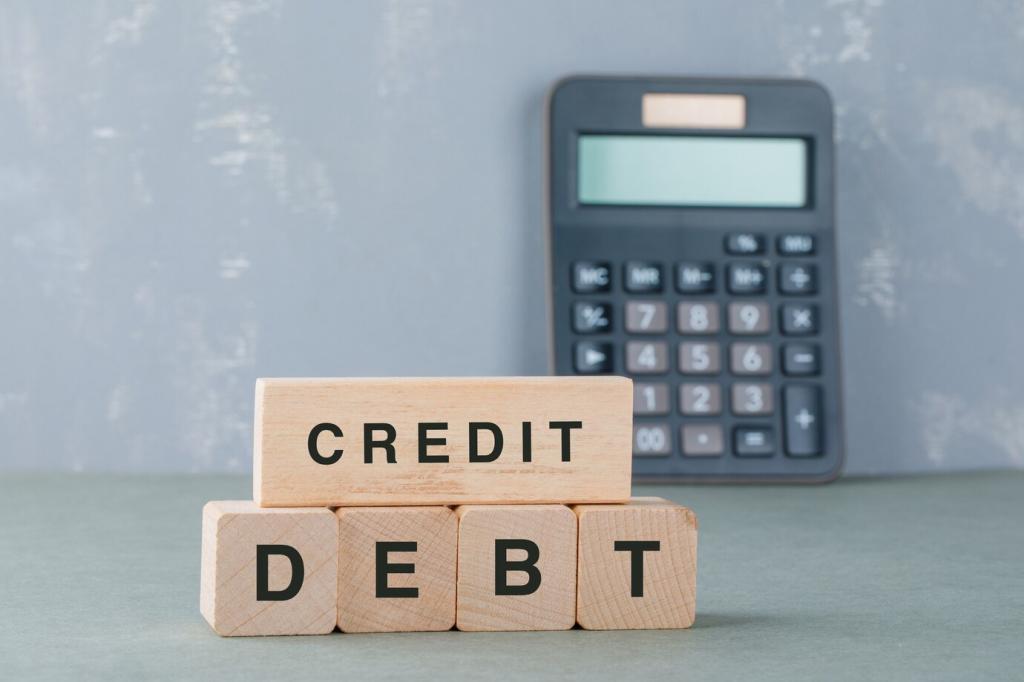
Long-Term Financial Planning: Debt vs. Investment
Chosen theme: Long-Term Financial Planning: Debt vs. Investment. Welcome to a clear, confidence-building guide that helps you decide when to crush debt, when to invest, and how to blend both. Join the conversation, share your goals, and subscribe for practical strategies that grow with you.
Understanding the Trade-Off
01
High-interest debt behaves like a negative investment, compounding against you. Paying it down delivers a guaranteed, risk-free “return” equal to the interest rate. Many people also feel calmer with fewer liabilities, improving discipline. Do you prioritize peace of mind or potential gains? Share your take below.
02
If your debt is low-rate and your investment options are strong—especially with employer matches or tax advantages—investing early can compound meaningfully. Markets are volatile, but time in the market often beats timing. How do your expected returns compare to your interest costs? Comment with your numbers.
03
Real budgets are rarely either-or. A blended plan might automate extra payments to high-interest debt while funding retirement basics. Set simple rules, like a percentage split, to remove indecision. Tell us your split and subscribe for templates that adapt as rates, income, and goals change.


The Numbers That Matter
List each debt’s true cost after tax benefits, then compare to your portfolio’s long-term expected return range. Remember that market returns are uncertain while interest costs are contractual. What does your risk-adjusted comparison say? Post your spread and ask for feedback from fellow planners.
The Numbers That Matter
Compounding favors early investing, but only if you can stay invested through downturns. Debt freedom compounds too, by eliminating drag on your cash flow. What is your decade-long vision? Share how many years you have and how that shifts your debt versus investment balance.

Stories from the Ledger
Maya carried several cards above twenty percent interest. She paused taxable investing, kept her employer match, and funneled everything else to the highest-rate balances. Within ten months, her cash flow freed up hundreds. She then accelerated retirement contributions. What pivot could unlock your next breakthrough?

Stories from the Ledger
Jorge’s student loan sat at a modest rate, while his company offered a generous match. He contributed enough to capture the full match, then sent all surplus to loans. That middle path maximized guaranteed benefits. Do you have a match you might be leaving on the table?



Resilience, Risk, and Review
An emergency fund protects your investment plan from forced withdrawals and your debt plan from expensive new borrowing. Start small, then grow toward several months of expenses. How many months feel right for your situation? Share your target and your first step to build it this week.
Resilience, Risk, and Review
Health, disability, term life, and property insurance safeguard the foundation beneath your plan. Without coverage, one event can derail both investing and debt goals. When did you last review policies and beneficiaries? Post your to-do and set a calendar reminder to follow through.


